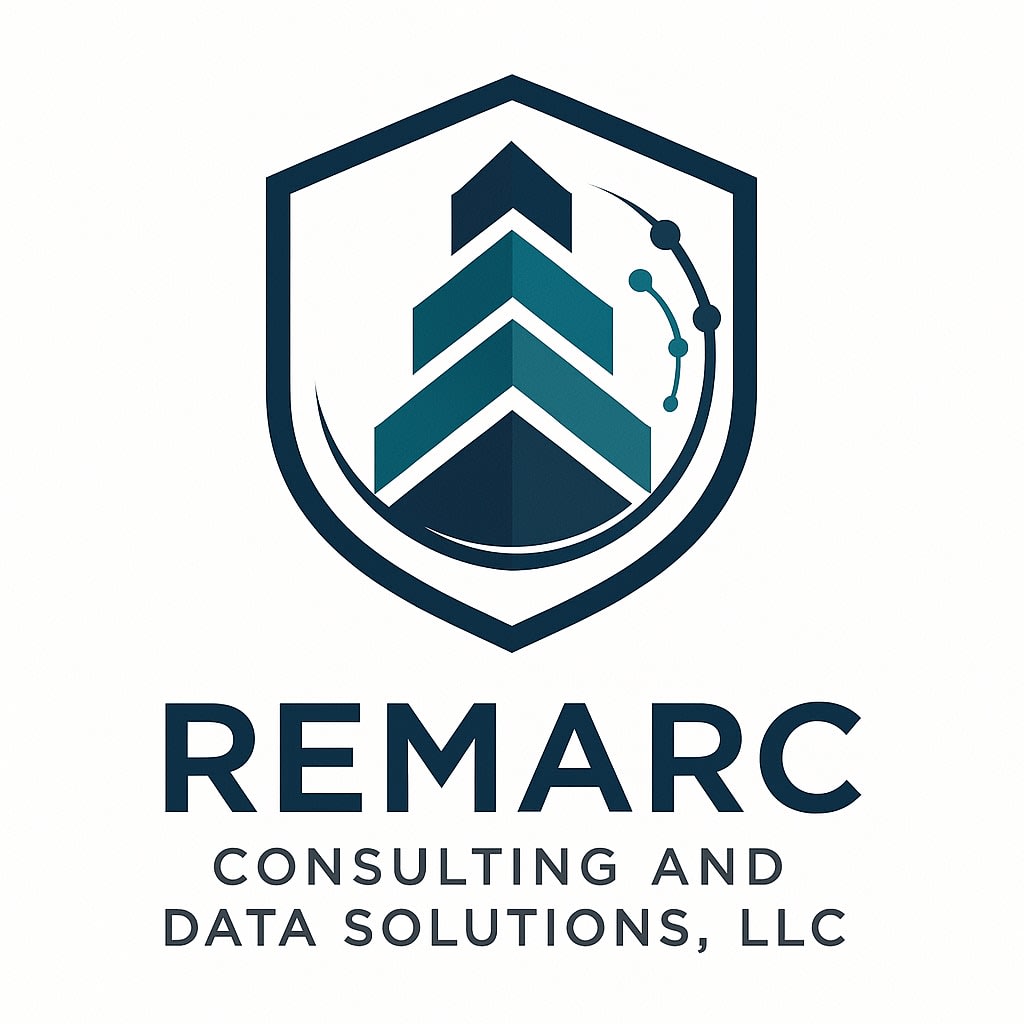Learn the 7 Common AI Solution Patterns and How to Use Them

The 7 AI Patterns Every Executive Should Know (And How to Apply Them)
Artificial Intelligence (AI) is no longer just a futuristic concept. It is actively transforming healthcare, finance, and operations today. Yet for many executives, AI still feels like a mix of buzzwords and vendor hype. The challenge is knowing where AI actually delivers business value.
That’s where the Seven Patterns of AI (CHARGPA) come in. Recognized by the CPMAI (Cognitive Project Management for AI) methodology, these patterns provide a clear framework for leaders to align AI projects with strategic objectives, avoid hype-driven distractions, and ensure measurable outcomes.
The Seven Patterns of AI (CHARGPA)
Conversational AI
From chatbots to voice assistants, conversational AI improves the way organizations interact with patients, employees, and customers.
- Healthcare: Digital front doors for hospitals, automating patient intake or post-discharge follow-ups.
- Finance: Virtual assistants that answer “where’s my report?” or guide employees through account reconciliations.
Why it matters: Reduces administrative burden while improving user experience.
Hyperpersonalization
Hyperpersonalization tailors experiences and recommendations to individuals.
- Healthcare: Personalized care plans and medication reminders based on patient history.
- Finance: Customized variance dashboards for department managers.
Why it matters: Moves beyond generic dashboards into actionable, individualized insights.
Anomaly Detection
AI can spot unusual behavior or outliers in massive datasets.
- Healthcare: Early sepsis warnings from patient vital signs.
- Finance: Detecting fraudulent journal entries or suspicious transactions.
Why it matters: Identifies risks in real-time, improving compliance and patient safety.
Recognition
Recognition systems interpret images, speech, or text.
- Healthcare: Radiology scans, pathology images, or voice-to-text for clinicians.
- Finance: Automating invoice digitization and coding into ERP systems.
Why it matters: Transforms unstructured data into usable business intelligence.
Goal-Driven Systems
These systems optimize complex workflows.
- Healthcare: Operating room scheduling, balancing staff, resources, and patient needs.
- Finance: Cash flow optimization—deciding when to pay vendors while preserving liquidity.
Why it matters: Delivers efficiency in environments with many competing priorities.
Predictive Analytics
One of the most widely adopted and impactful patterns, predictive analytics, uses historical data to forecast future outcomes.
- Healthcare: Predicting which patients are most likely to be readmitted.
- Finance: Forecasting late payments in accounts receivable or predicting cost overruns.
Case in Point: Our Readmissions Project Learning Series demonstrates this pattern in action. By forecasting patient readmissions, hospitals can improve discharge planning, reduce penalties, and enhance patient outcomes.
Autonomous Systems
The most advanced pattern, autonomous systems act with minimal human intervention.
- Healthcare: Robotic surgery or automated pharmacy dispensing.
- Finance: Autonomous reconciliation of accounts at month-end.
Why it matters: High potential impact but requires strong governance and oversight.
Why Patterns Matter for Executives
Understanding these patterns isn’t about becoming a data scientist — it’s about having a decision-making lens. By framing AI initiatives through these seven patterns, executives can:
- Match AI capabilities to strategic goals.
- Avoid hype-driven projects and ensure measurable ROI.
- Communicate effectively with technical teams and vendors.
- Prioritize trustworthy, ethical AI deployments (a CPMAI requirement).
The Seven Patterns of AI help executives move from abstract hype to practical roadmaps. Each pattern represents a distinct way AI can solve business problems, and when applied using a structured methodology like CPMAI, organizations can ensure value, trust, and impact.
This week’s launch of the Readmissions Project Learning Series illustrates how Predictive Analytics delivers real-world impact in healthcare. Over the coming weeks, we’ll explore the other patterns in detail, with examples from both healthcare and finance.
Contact Us
Let’s Connect
Have questions or want to discuss how CPMAI can work for your team? Fill out the form below, and we’ll get back to you promptly to explore next steps together.
